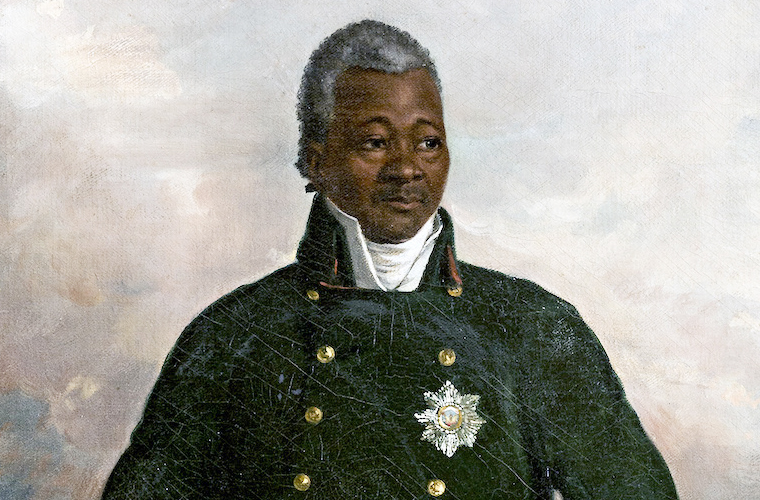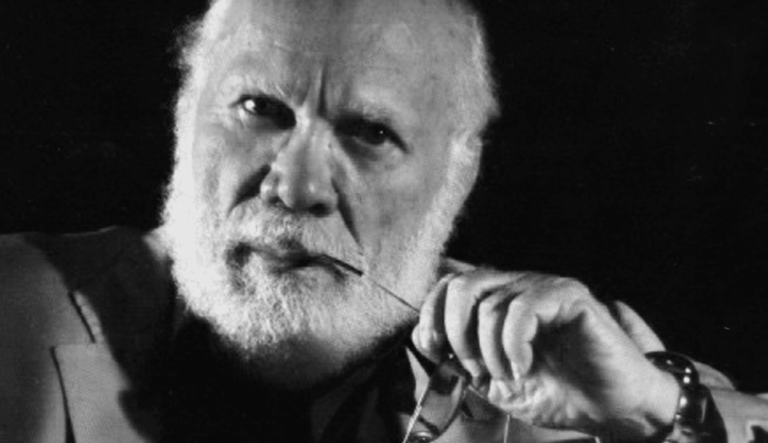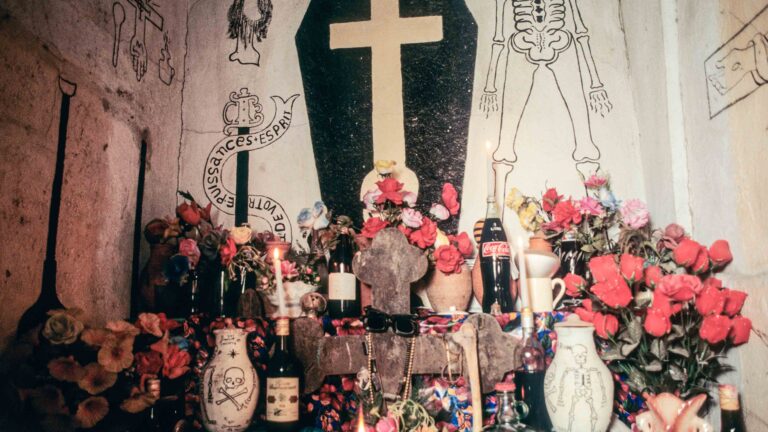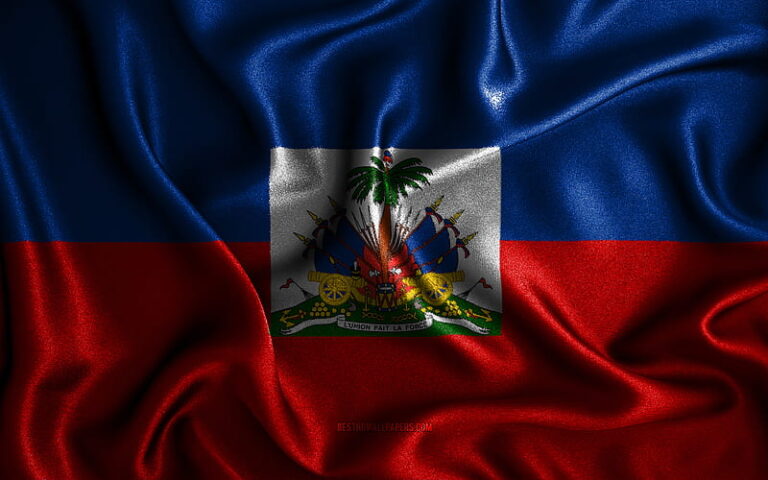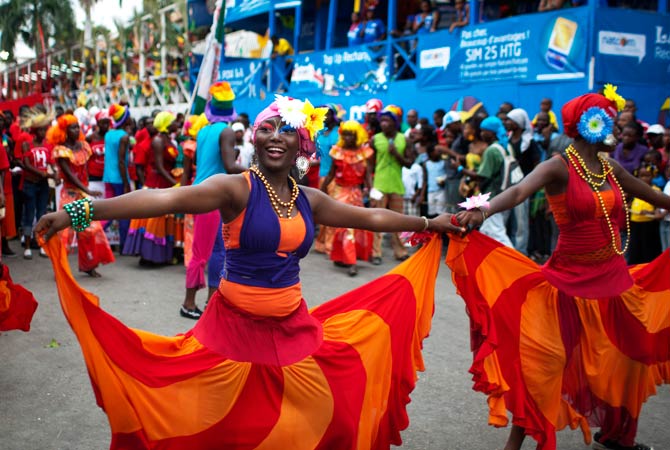The Father of The Nation
Jean-Jacques Dessalines: The Uncompromising Founder of Haiti
“Cut off their heads, burn down their houses!”
This phrase, attributed to Jean-Jacques Dessalines, encapsulates the brutal determination of the man who transformed a slave revolt into a victorious revolution, giving birth to the world’s first independent Black republic.
From Slavery to Freedom: The Rise of a Giant
The Making of a Warrior (1758-1791)
Born around 1758 on a plantation in Grande-Rivière-du-Nord, Jean-Jacques Dessalines was first known as Jean-Jacques Duclos before being sold to an owner named Dessalines. His childhood under oppression forged in him a fierce hatred of slavery.
Unlike Toussaint Louverture, who favored negotiation, Dessalines embodied liberating violence. When the slave revolt erupted in 1791, he joined the insurgents and quickly distinguished himself through his ferocity in battle.
The Revolution’s Fiercest General (1791-1802)
Under Toussaint Louverture’s command, Dessalines became his most formidable general. In 1802, when Napoleon sent an expedition to restore slavery, Dessalines led a relentless resistance.
The Legend of Crête-à-Pierrot (March 1802)
With only 1,200 men, he held off 12,000 French soldiers for 20 days. Despite the defeat, this battle became a symbol of Haitian resistance. Dessalines ordered his troops to blow up the fortifications rather than surrender, striking fear into the enemy.
1804: The Birth of a Nation
Betrayed by the French, who captured Toussaint Louverture, Dessalines severed all ties with France. On January 1, 1804, in Gonaïves, he declared Haiti’s independence.
The Haitian Flag: An Act of Defiance
By tearing out the white from the French flag, Dessalines created the blue and red, symbolizing the unity of Blacks and Mulattoes against oppression.
Emperor Jacques I (1804-1806): A Reign of Iron
To consolidate the young nation, Dessalines crowned himself emperor in 1804. His methods were radical:
- Massacre of remaining French colonists (to prevent colonial resurgence).
- Land reform: Redistribution of land to former slaves.
- Militarization of society to safeguard independence.
But his authoritarianism alienated allies. On October 17, 1806, he was betrayed and assassinated near Port-au-Prince at Pont-Rouge.
Dessalines’ Legacy: Hero or Tyrant?
Dessalines remains a controversial figure:
✔ The ultimate liberator to some.
✖ A bloodthirsty ruler to others.
Yet his revolutionary oath still echoes:
“Let us swear to fight until our last breath for our country’s independence!”
Where to See His Legacy Today?
- The Citadelle Laferrière (fortress built against French return).
- Pont Rouge (site of his assassination).
- “La Dessalinienne”, the national anthem in his honor.
Read Next: “Catherine Flon: The Heroine Who Stitched Haiti’s Flag”

